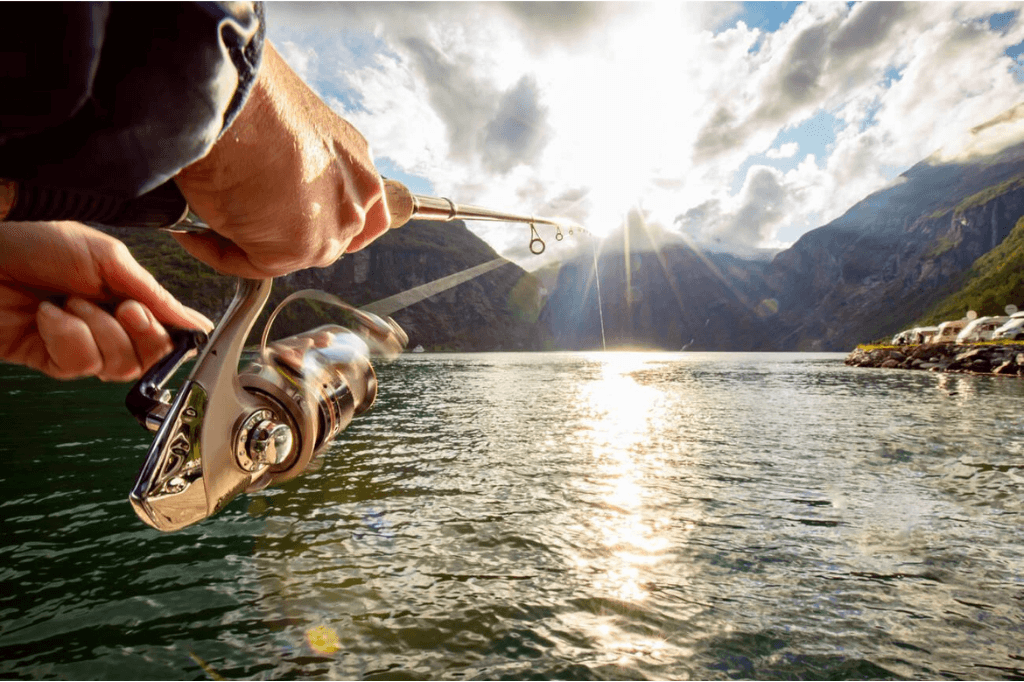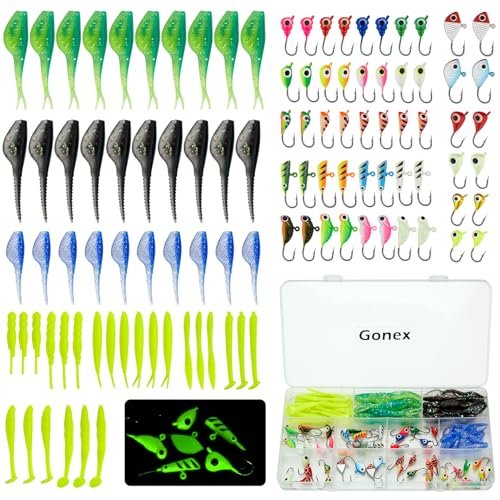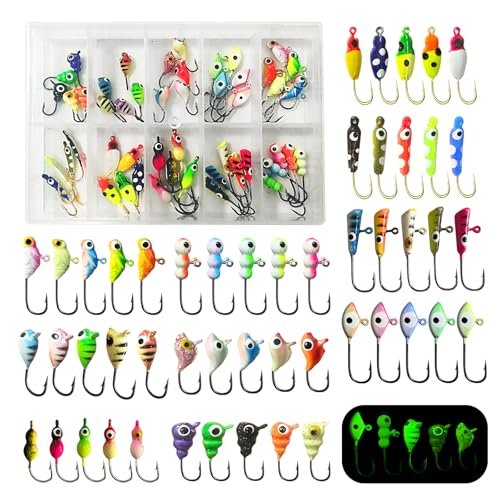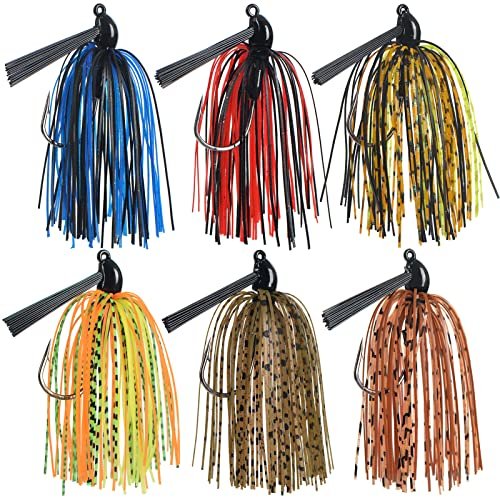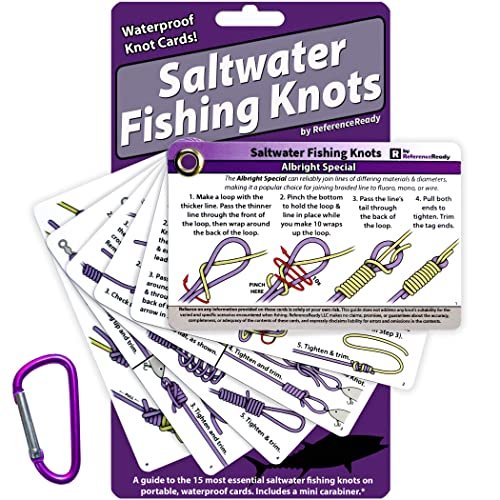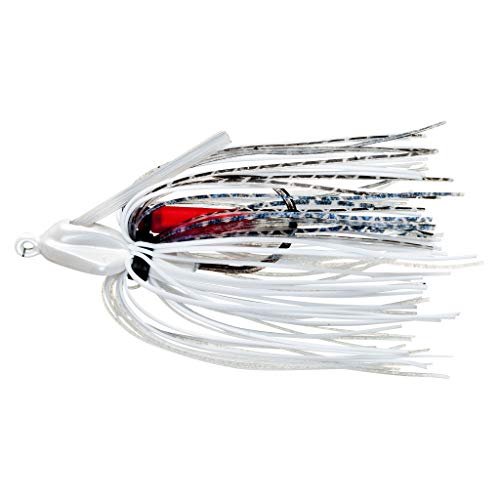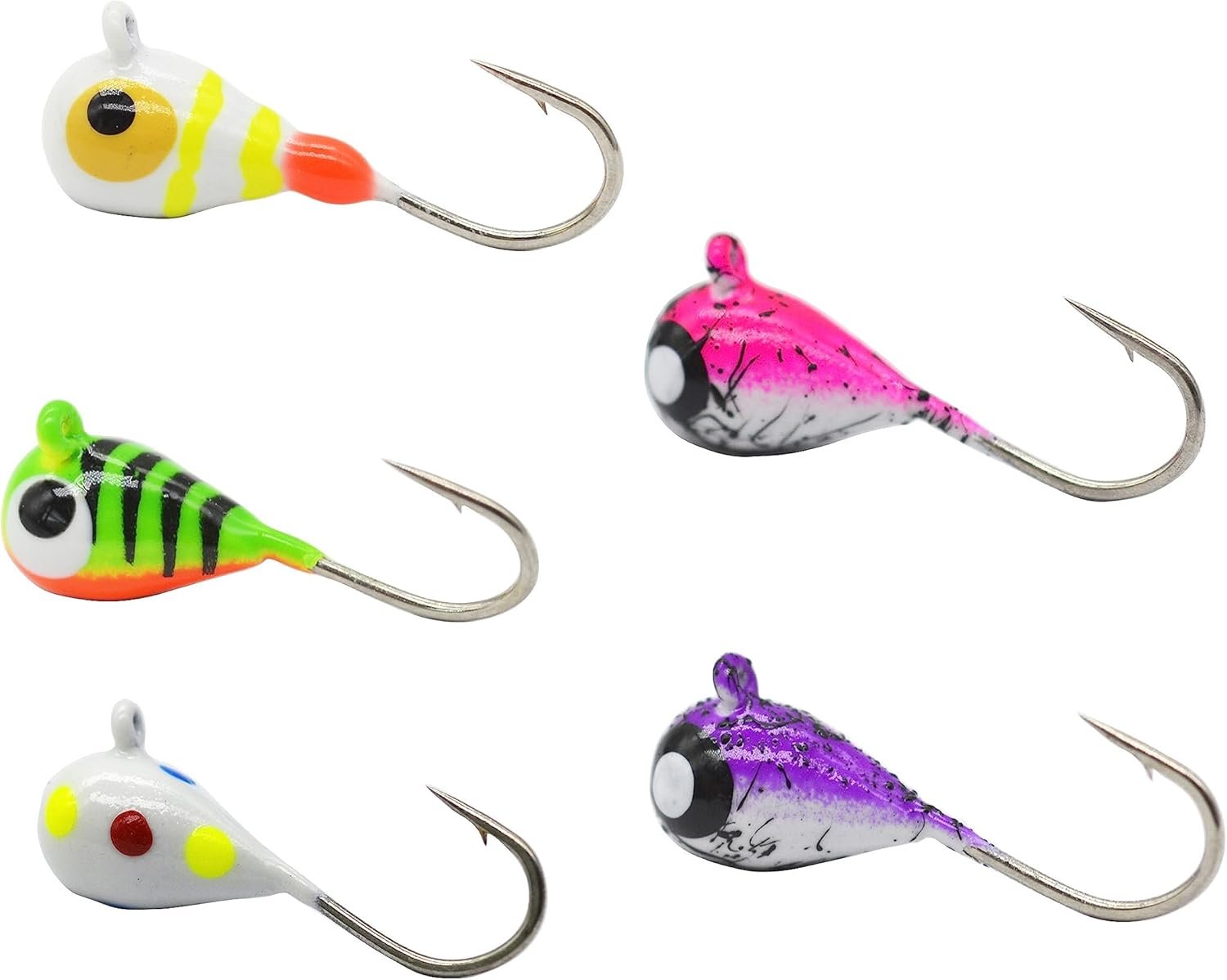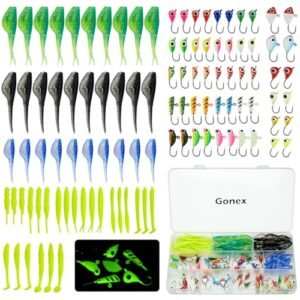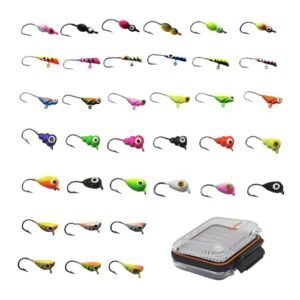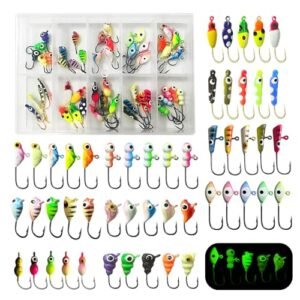Fishing has evolved over centuries with various methods catering to different needs and environments. Net fishing, often used in commercial settings, involves casting a net to capture multiple fish at once. Spearfishing requires skill and precision, using a spear to catch fish underwater.
Hand fishing, also known as noodling, involves catching fish with bare hands, typically in shallow waters. These alternative methods can be both challenging and rewarding, offering distinct experiences compared to traditional rod fishing. Whether for sport or sustenance, exploring these techniques can add excitement and diversity to your fishing adventures.
Introduction To Alternative Fishing Methods
Fishing is a beloved pastime around the world. While many use a fishing rod, there are numerous other methods to catch fish. These alternative techniques can be traditional or modern, each having its unique charm and efficiency. This blog post explores various ways to fish without a rod, emphasizing the importance of sustainable practices.
Traditional Vs Modern Approaches
Throughout history, people have devised creative methods to catch fish. Traditional methods often rely on basic tools and techniques passed down through generations. Some of these include:
- Spearfishing: Using a spear to catch fish.
- Hand Gathering: Collecting fish by hand in shallow waters.
- Traps and Weirs: Constructing barriers to trap fish in rivers or tidal areas.
On the other hand, modern approaches leverage technology and innovation for efficiency. These can include:
- Electrofishing: Using electric currents to stun fish for easy capture.
- Nets: Utilizing various types of nets like gill nets or trawl nets.
- Fish Finders: Electronic devices that locate fish underwater.
Importance Of Sustainable Practices
Fishing methods must prioritize sustainability to protect marine ecosystems. Overfishing and destructive practices can harm fish populations and habitats. Here are some key sustainable practices:
- Catch and Release: Releasing fish back into the water after catching them.
- Selective Fishing: Targeting specific species to avoid bycatch.
- Using Biodegradable Materials: Opting for traps and nets made of eco-friendly materials.
By adopting these practices, we ensure the health of our waterways and fish populations for future generations.
Hand Gathering Techniques
Fishing without a rod can be a thrilling adventure. Many hand gathering techniques offer unique ways to catch fish and other aquatic creatures. These methods often rely on touch and patience, providing a hands-on experience.
Noodling For Catfish
Noodling is a traditional method of catching catfish using only your hands. This technique involves wading into shallow waters and feeling for catfish hiding in underwater holes. Once a catfish is located, the noodler grabs the fish by the mouth and pulls it out of its hiding spot.
- Location: Shallow rivers and lakes
- Best Time: Late spring to early summer
- Gear Needed: None
Noodling requires courage and a good sense of touch. It’s an exciting way to connect with nature and test your skills.
Clamming By Feel
Clamming by feel is another popular hand gathering technique. This method involves searching for clams in sandy or muddy areas, usually during low tide. Clammers use their hands and feet to feel for the hard shells buried beneath the surface.
| Location | Best Time | Gear Needed |
|---|---|---|
| Sandy beaches | Low tide | Bucket, gloves |
Once a clam is found, it is gently dug up and collected. This method is simple, and anyone can try it. It’s a great way to spend time outdoors and gather fresh seafood.
Net Fishing Variations
Fishing with nets is a timeless practice. It offers many advantages over rod fishing. Nets can capture multiple fish at once. This method is efficient and versatile. There are various types of net fishing techniques suited for different environments. Let’s explore some popular net fishing variations.
Cast Nets For Shallow Waters
Cast nets are great for shallow waters. These nets are circular and have weights around the edges. The fisherman throws the net into the water. It spreads out and sinks. Fish get trapped as the net closes. This method works well in ponds, lakes, and coastal areas.
Cast nets are easy to use. They are portable and do not need much space. They are excellent for catching small fish and baitfish. This method is also quick and efficient. Fishermen can cover large areas in a short time. Cast nets are popular among both amateurs and professionals.
Seine Nets Along The Beachfront
Seine nets are commonly used along the beachfront. These nets are long and rectangular. Two people usually operate them. They drag the net through the water parallel to the shore. Fish get caught in the net as it moves. This method is effective for catching fish that swim close to the shore.
Seine net fishing requires teamwork. It can catch a large number of fish at once. The method is often used for commercial fishing. It is also popular in community fishing events. Seine nets can cover wide areas and capture various fish species.
Spearfishing Essentials
Spearfishing is an exciting way to catch fish. It involves diving underwater and using a spear to catch your prey. This method is both thrilling and requires skill. Let’s dive into the essentials of spearfishing.
Modern Spear Guns
Modern spear guns are advanced tools for spearfishing. They use rubber bands or compressed air to shoot the spear. These guns are easy to handle and aim. They also come with safety features to prevent accidents.
Here are some key features of modern spear guns:
- Lightweight and durable materials
- Adjustable power settings
- Safety locks
- Easy loading mechanisms
Using a spear gun makes spearfishing more efficient and fun. It increases your chances of a successful catch.
Free Diving With Spears
Free diving with spears is a traditional method of spearfishing. It requires no special equipment, just a hand-held spear. You dive underwater and use the spear to catch fish directly.
Here are some tips for free diving with spears:
- Practice holding your breath
- Learn to dive quietly
- Aim for the fish’s head
- Be patient and stay calm
Free diving with spears is challenging but rewarding. It connects you with nature and hones your hunting skills.
Trap Fishing Innovations
Fishing doesn’t always mean using a rod. There are many innovative methods to catch fish. Trap fishing is one of these methods. It includes several techniques that use traps to catch aquatic creatures. Let’s explore some of these trap fishing methods.
Crab Pots And Their Use
Crab pots are cages used to catch crabs. They are usually made of wire mesh. Fishermen place bait inside the pot to attract crabs. The crabs enter through small openings. Once inside, they can’t escape. This method is very effective for catching large numbers of crabs. Crab pots are often used in saltwater environments.
| Feature | Description |
|---|---|
| Material | Wire Mesh |
| Bait | Fish or Chicken |
| Environment | Saltwater |
Cage Traps For Lobsters
Cage traps are used to catch lobsters. These traps are also known as lobster pots. They are typically larger and sturdier than crab pots. Fishermen place bait inside the cage. Lobsters enter through funnel-shaped openings. Once inside, they can’t find their way out. This method helps catch lobsters in large numbers.
- Material: Metal or Wood
- Bait: Fish Heads or Squid
- Environment: Ocean Floors
Both crab pots and cage traps are effective and efficient. They help fishermen catch large quantities without much effort.
Bowfishing For Precision
Bowfishing offers an exciting alternative to traditional fishing methods. This technique combines archery and fishing, making it thrilling and rewarding. Bowfishing requires skill and precision, making it a unique challenge.
Choosing The Right Equipment
Picking the right gear is crucial for successful bowfishing. The main components include a bow, arrows, and a reel.
- Bow: Compound bows and recurve bows are popular choices. Ensure the bow is lightweight and easy to handle.
- Arrows: Use heavy-duty arrows with barbed tips. These tips help in securing the fish.
- Reel: A bowfishing reel attaches to the bow. It helps retrieve the fish after a successful shot.
Technique And Safety
Proper technique and safety measures ensure a successful and safe bowfishing experience.
- Aim: Always aim lower than the fish appears. Water distorts the fish’s position.
- Draw: Draw the bow smoothly and keep your eyes on the target.
- Shoot: Release the arrow quickly for accurate shots.
Safety tips:
- Wear protective gear, including gloves and sunglasses.
- Ensure the area is clear of other people before shooting.
- Check your equipment regularly for any damage.
These tips enhance safety and improve your bowfishing skills.
Ice Fishing Without A Rod
Ice fishing is a unique way to catch fish in winter. You don’t always need a fishing rod. There are other methods that can be just as effective. Let’s explore some exciting ways to fish through the ice without a rod.
Tip-ups: The Passive Approach
Tip-ups are a popular choice for ice fishing without a rod. They allow you to fish multiple holes at once. A tip-up is a device that holds your fishing line. When a fish bites, the tip-up signals you with a flag. This method is passive, meaning you don’t need to hold the line. You can set up several tip-ups and check them periodically. This increases your chances of catching fish.
| Advantages | Disadvantages |
|---|---|
| Fish multiple holes | Less control over the line |
| Easy to use | Requires frequent checks |
| Increases catch chances | Can be affected by wind |
Hand Augers For Ice Holes
A hand auger is essential for ice fishing. It helps you cut holes in the ice. Hand augers are simple tools that require manual effort. They are lightweight and easy to transport. Using a hand auger is straightforward. You position it on the ice and start turning the handle. This action drills a hole through the ice. Hand augers come in different sizes. The size you need depends on the type of fish you’re targeting.
- Lightweight and portable
- Easy to use
- Requires manual effort
Choosing the right hand auger is important. A smaller auger is good for panfish. A larger auger works better for bigger fish like pike or lake trout.

Credit: en.wikipedia.org
Kite Fishing: A Sky-high Method
Kite fishing is an exciting way to catch fish. This method uses a kite to carry your bait far from the shore. It can be used in both saltwater and freshwater. Kite fishing allows anglers to cover a large area. This method can attract big fish, making it a favorite among sport fishers. Read on to learn more about setting up a kite rig and the best conditions for kite fishing.
Setting Up A Kite Rig
Setting up a kite rig is simple if you follow the steps. Here is a list of what you need:
- Kite: Choose a kite that suits the wind conditions.
- Rod and Reel: Use a strong rod and reel to handle big fish.
- Kite Line: A strong line to connect the kite to the rod.
- Release Clips: These hold the bait until a fish bites.
- Fishing Line and Hooks: Use a strong line and sharp hooks.
Follow these steps to set up:
- Attach the kite to the kite line.
- Connect the release clips to the kite line.
- Attach the fishing line and hooks to the release clips.
- Launch the kite and let it carry the bait out.
Best Conditions For Kite Fishing
For successful kite fishing, you need the right conditions. Here are the best conditions for kite fishing:
| Condition | Details |
|---|---|
| Wind | Steady wind between 10-20 mph is ideal. |
| Weather | Clear skies and calm seas work best. |
| Location | Fish-rich areas like reefs or near shorelines. |
Keep these conditions in mind for a successful kite fishing trip. This method can help you catch more and bigger fish.
Electrofishing: A Scientific Approach
Electrofishing is a unique method for catching fish without a rod. It uses electricity to stun fish temporarily. This technique helps scientists study fish populations.
Understanding The Equipment
The key tool in electrofishing is the electrofisher. It sends electric currents into the water. This current stuns the fish, making them easy to catch. There are two main types of electrofishers:
- Backpack electrofishers: These are portable and used in shallow waters.
- Boat-mounted electrofishers: These are larger and used in deeper waters.
Both types have an anode and a cathode. The anode delivers the electric charge, and the cathode completes the circuit. The electric field created stuns the fish, but it does not harm them permanently.
Ethics And Regulations
Electrofishing must be done ethically to protect fish and habitats. There are strict regulations to ensure safe and humane practices. These regulations include:
- Using the correct voltage and current to avoid harming fish.
- Conducting electrofishing only under permits from wildlife authorities.
- Avoiding sensitive areas like spawning grounds to protect fish populations.
Following these rules ensures that electrofishing is both ethical and effective. It helps gather important data without damaging the environment.
Electrofishing is a valuable tool for scientists. It helps them learn about fish and their habitats.

Conclusion: Choosing Your Method
Fishing without a rod can be a fun adventure. There are many ways to fish. Each method suits different places and fish types. Let’s explore how to choose the best method for you.
Matching Technique With Environment
Every fishing spot is unique. Some methods work better in certain places. For example, spearfishing is great in clear waters. It lets you see the fish before you catch them. In muddy waters, trapping or netting might be best.
Consider the type of fish. Small fish are easier to catch with netting. Bigger fish might need hand fishing or spear fishing. Your environment affects your choice. Choose a method that fits your fishing spot.
Conservation And Practice
Fishing is fun, but we must care for nature. Some methods can harm fish populations. Choose techniques that are eco-friendly. Catch and release when possible. This helps keep fish numbers healthy.
Practice makes perfect. Each method needs skill. Start with easy techniques like hand fishing or netting. As you get better, try more challenging methods like spearfishing.
Remember these tips:
- Match your method to the environment.
- Use eco-friendly techniques.
- Practice regularly to improve your skills.
By choosing wisely, you’ll enjoy fishing and protect nature.
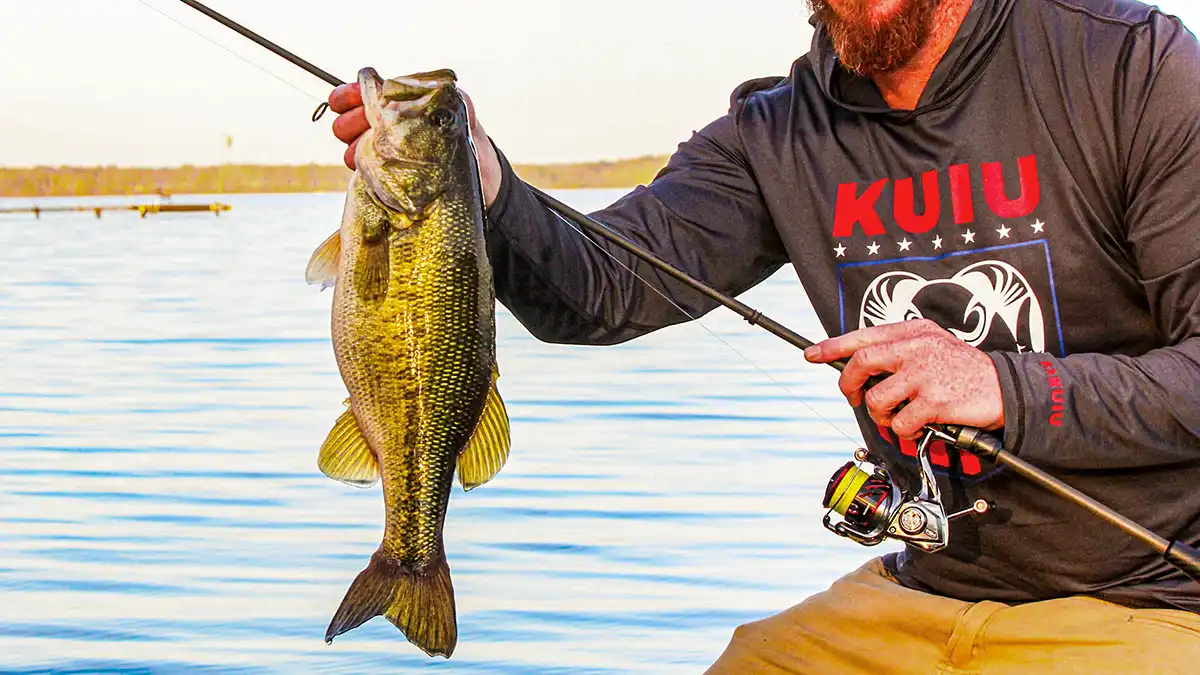
Frequently Asked Questions
What Are The Different Ways To Catch A Fish?
You can catch fish using various methods such as fishing rods, nets, traps, spearfishing, and hand gathering. Each technique requires different skills and equipment.
How Can You Fish Without A Fishing Rod?
You can fish without a rod by using hand fishing, spearfishing, or netting. Try using traps or setting up fish weirs.
How Many Methods Of Fishing Are There?
There are several fishing methods, including angling, fly fishing, trolling, jigging, spearfishing, netting, and trapping. Each method varies by technique and equipment.
What Are The Simple Fishing Techniques?
Simple fishing techniques include bait fishing, fly fishing, and trolling. Use live bait or artificial lures to attract fish. Cast lines into water and wait for bites.
Conclusion
Exploring different fishing methods can be exciting and rewarding. From spearfishing to netting, each technique offers unique experiences. Embrace these alternatives to enhance your fishing adventures. Remember, safety and respect for nature are paramount. Enjoy the diverse ways to fish and create lasting memories on the water.
